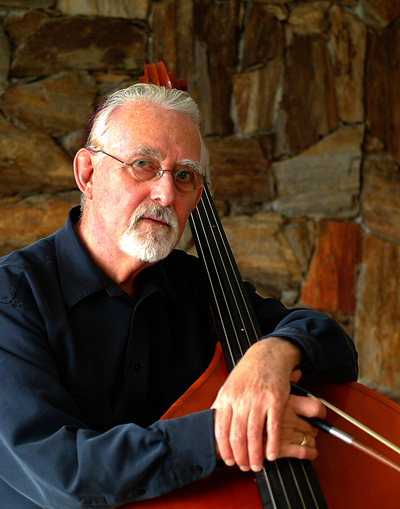Professor Robert Meyer’s Advice to Young Bassists, Don’t be a Domino King/Queen Part 2
I have found that this advice is very helpful to beginning students whether they aim to become professionals, talented amateurs or members of a youth orchestra. I have also found that their overall playing ability is improved too.
First, arrive at the venue in good time, set up your bass and quietly tune. If you have borrowed the music don’t forget to bring it. When the rehearsal begins, say, with a chord, have your bow ready to attack the string as the conductor gives the downbeat. No ragged entries!
Second, be sure you bring a pencil, eraser, paper clips and a piece of manuscript paper. Erase all your marks in hired parts before they are returned to lender. This saves your hard-up organization a lot of money.
Don’t be afraid to mark the parts!
In the opera and the ballet sometimes big cuts are made. In a very large cut you can either slip a large paper clip or use some tape over the pages to keep them together so you can make an easy turn. At the end of the cut, mark “HERE” with a large arrow above it at the place where you have to enter. You can’t search for it at the performance and marking it can avoid you much embarrassment.
The sudden stop, or cesura. (Verdi’s parts are full of them) Mark it like this::- //
A rallentando, or a slowing down Mark with a wavy line over the bar (s) like this ~~~~~~~~~ or an arrow pointing to the left
Speeding up; an arrow pointing to the right.
A section in the music where you have to watch the conductor very carefully, mark with a pair of spectacles O-O— over the top
Draw an arrow pointing downward over the top of a note that either leads or has to be particularly emphasized.
Turning the page quickly. Mark V.S. (volte subito) at the bottom of the page, or just before, as necessary.
Sometimes there is a difficult turn. This is where your m.s. paper comes in handy. So that you don’t lose continuity write the section of music down and use one of the paper clips or some tape to fasten it in place. On a particularly difficult turn sometimes the players turn alternately.
Change of key, modulation. It always helps for example when a key changes from two sharps to five sharps, to draw a circle around the new key signature and pencil in a sharp on the first few notes that now have sharps, as a reminder.
In a difficult rhythm it is a good idea to put a mark over each beat, which helps you play a syncopated rhythm, also when there is a 5/8 or 7/8 bar often the accents are in different parts of the bar. You can find examples for instance in Stravinsky’s “Rite” and also his “Soldiers Tale”:
In passages such as those in the beginning of the” Rite”, where all the strings are playing in unison and the accents occur on different parts of each bar it is not a bad idea to emphasize the printed accents by going over them with a pencil to make them stand out.
Sometimes there are pieces with many bars rest such as the Wagner operas (don’t I know!) It certainly isn’t amateurish to put in cues. Perhaps there is a very long rest. If an oboe solo commences at bar 20, pencil in 20 and write “oboe’ above it. Continue to write in other cues, but above all COUNT!
I don’t apologize for all the preceding hints, ridiculously simple though some of them may be. I never expect a student to have any pre-supposed knowledge, and, as I wrote at the beginning this is really intended for absolute beginners. It might have helped Fred too! See my previous blog.

You must be logged in to post a comment.